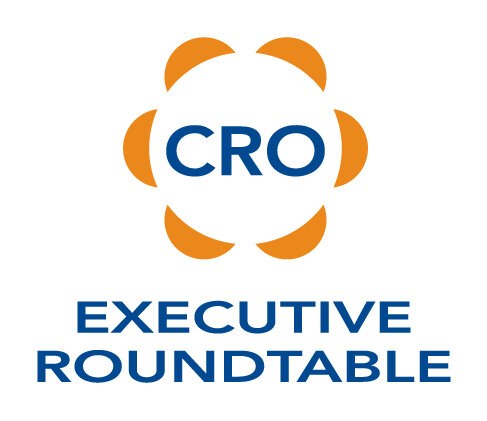Could there be a retrograde coming to sales?
One of the topics we took up this year at the RoundTables was the role of the salesperson in the modern sales world. Social media, artificial intelligence, chat bots, etc., are all having an impact on the traditional sales process. Automation is changing the entire process by limiting (removing?) the salesperson from the prospecting activities. The change in the sales process appears to be moving the requirements for successful selling in the very near future.
Prospecting
No bigger change has occurred anywhere else in the selling process than prospecting. The RoundTable members are experiencing the migration of these activities from sales to marketing. The ability to track marketing initiatives, adjust DV messaging and do a first-pass qualify electronically has changed the process. The addition of bots to the marketing initiatives creates an interaction, albeit somewhat wooden, to mildly qualify the prospect.
However, the ability to prospect using traditional methods may come back into focus. The consensus was that salespeople with a strong network will become even more valuable to prospecting in the near future. As prospects become inundated with the new prospecting automation tools, salespeople with strong networks will be able to reach out on a personal level to cut through the noise. That ability may lead us back to in-person prospecting via meetings, lunch and learns, sporting events, etc.
Qualifying
There is no greater skill involved in sales success than qualifying. The strongest salespeople know when to ask, what to ask, how to ask the right questions to bring clarity to a potential deal. There are many artificial intelligence (AI) tools entering the marketplace with the goal of augmenting (or replacing?) salespeople. How smart can these tools become in regards to reading people? Will they be able to pick up nonverbal cues? Sarcasm? Stalls?
You see the issue here - sales is a people-oriented function. Humans communication is only 7% verbal, the other 93% is nonverbal including body language, tone, breathing, eye movement, pacing, etc. The rush towards AI qualifying seems inevitable, but a need for salespeople to talk to prospects will persist.
Closing
Qualified deals close themselves…an axiom we subscribe to in strong selling. However, it still requires a closing event to occur. The actual acceptance of the solution at the agreed upon investment. There is a subtlety to closing that seems difficult to imagine in a machine. The minor agreements, the positive signs, the professional approach to asking for the business, all seem deeply seated in the human approach.
Certainly AI will be able to take orders, but closing a deal will require a far more nuanced approach. The empathetic ability of an AI machine, if it possesses any, will be stretched at this phase of a selling process. This step still seems like a retro approach, if we can call it that, will work best. A meeting over a meal, a stall-clearing phone discussion, a face-to-face closing meeting all seem like a standard that will prevent this stage from ever moving away from a salesperson’s involvement.
Where does it end?
AI is surrounded by ambiguity at this point as it continues to develop to new levels. However, no matter how advanced AI becomes, the basis of selling will remain an interaction between two people making a financial decision. The feeling of our RoundTable groups was that the upcoming year will prove to be revealing of the future of AI in the sales world.










